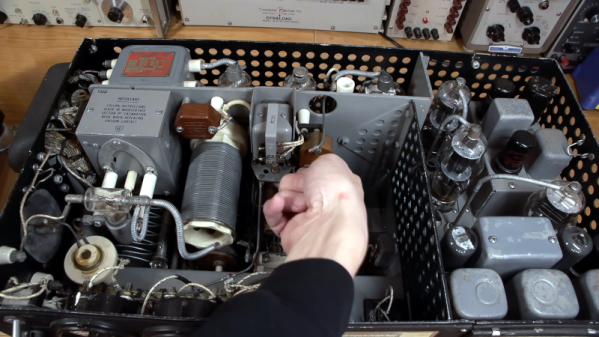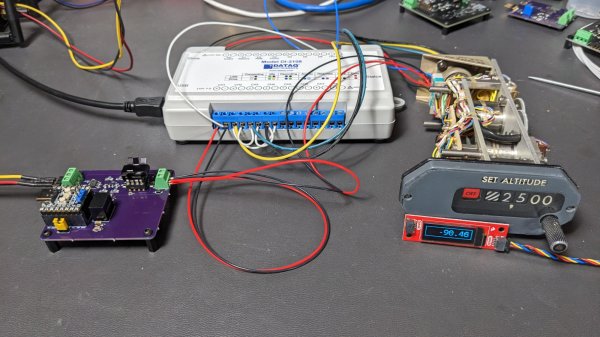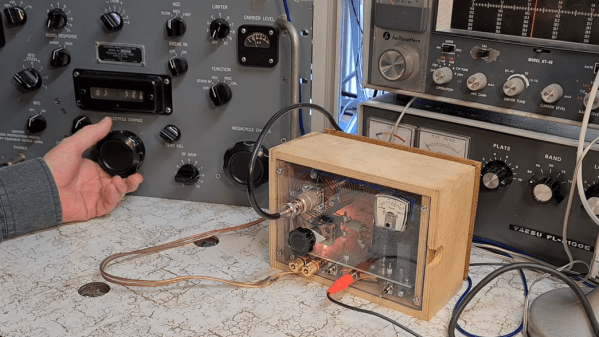We’ve said it before and we’ll say it again: being able to build your own radios is the best thing about being an amateur radio operator. Especially low-power transmitters; there’s just something about having the know-how to put something on the air that’ll reach across the planet on a power budget measured in milliwatts.
This standalone WSPR beacon is a perfect example. If you haven’t been following along, WSPR stands for “weak-signal propagation reporter,” and it’s a digital mode geared for exploring propagation that uses special DSP algorithms to decode signals that are far, far down into the weeds; signal-to-noise ratios of -28 dBm are possible with WSPR.
Because of the digital nature of WSPR encoding and the low-power nature of the mode, [IgrikXD] chose to build a standalone WSPR beacon around an ATMega328. The indispensable Si5351 programmable clock generator forms the RF oscillator, the output of which is amplified by a single JFET transistor. Because timing is everything in the WSPR protocol, the beacon also sports a GPS receiver, ensuring that signals are sent only and exactly on the even-numbered minutes. This is a nice touch and one that our similar but simpler WSPR beacon lacked.
This beacon had us beat on performance, too. [IgrikXD] managed to hit Texas and Colorado from the edge of the North Sea on several bands, which isn’t too shabby at all with a fraction of a watt.
Thanks to [STR-Alorman] for the tip.
[via r/amateurradio]

















